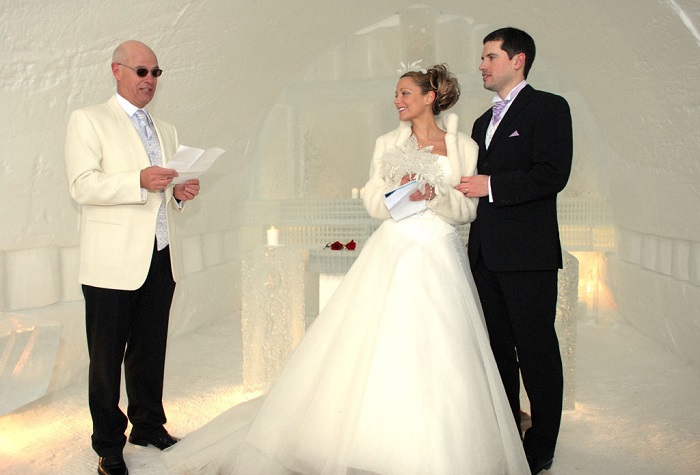Marriage rate on decline in country
Published : 15 Nov 2018, 03:44
Updated : 15 Nov 2018, 10:59
The trend of marriage of opposite-sex couples has been declining across the country already for over a decade, according to the Statistics Finland.
The decline in the marriage rate has slowed down during the most recent years. This is due to the remarriage rate remaining unchanged during the last three years. The figure shows the development of the remarriage and marriage rates for women as they are the same as for men. The figures calculated based on men are simply higher than those for women.
In 2017, the number of women and men getting remarried grew by a few dozen from the previous year, being 6,300 marriages for women and 6,500 for men. Over the past good ten years, the annual changes in the number of remarriages have been small measured by volume.
After 2008, the remarriage rate decreased as did the marriage rate in general, but in recent years, the remarriage rate has picked up a bit, unlike the marriage rate.
Women residing permanently in Finland married men representing 123 different nationalities in 2017. The number was 120 in 2016.
The number of nationalities among the spouses can even be a bit higher than mentioned above, because nearly 130 persons had no nationality in 2017. In 1990, Finnish women married men representing 84 different nationalities. Nearly 40 spouses had no nationality data. So the above-mentioned number can be slightly higher.
The number of nationalities of women married to men permanently living in Finland has increased from 108 in 2016 to 120 in 2017. In addition, a small number of men’s spouses had no nationality. So the variation of nationalities can be slightly higher than mentioned above.
In 2017, the probability that a woman’s first marriage ends in divorce was 38 per cent. The rate is on level with that of the years 2005 to 2016 when it varied between 38 and 40 per cent. An interesting fact is that a first marriage ending in widowhood is slightly more probable than the marriage ending in divorce.
The above-mentioned probabilities are based on the events of one year in the lives of opposite-sex married couples based on which the probability that an event takes place is calculated. In that case, e.g., the divorce rate can be summarised in one figure. Similar results can be reached by examining all marriages between opposite-sex spouses in a particular year that end in divorce by the duration of the marriage. But in this case, there are as many divorce rates as years in which marriages are entered into.
The risk of divorce grows steeply during the first years of marriage. The risk is highest in the third year. After the peak probability of divorce is reached, the risk of divorce decreases very similarly in all marriages.


